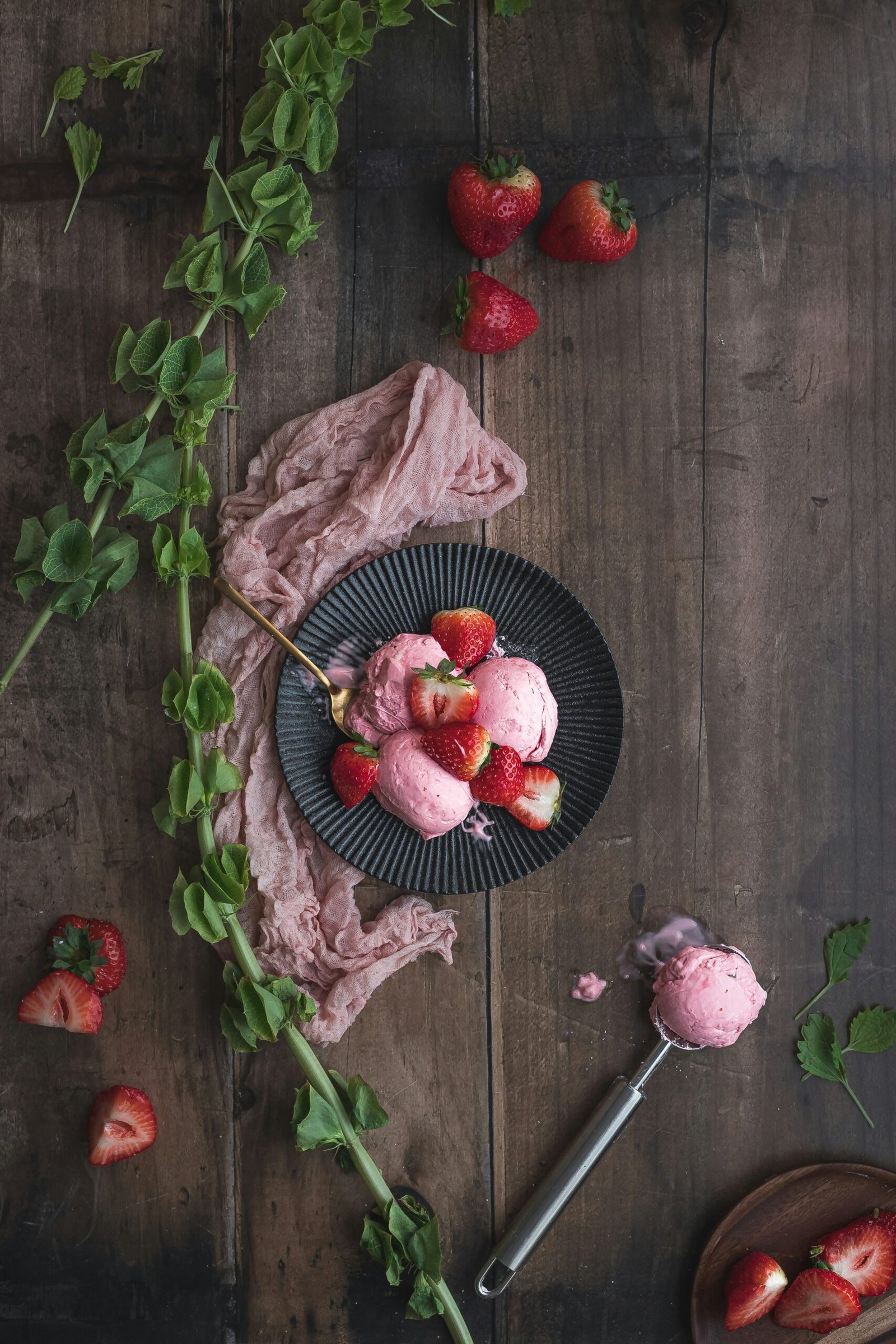
Introduction to Faux Painting
Faux painting is an exceptional art form that allows you to replicate the appearance of various materials, such as marble or wood, on walls, furniture, and decorative items. This technique is not just about aesthetics; it encompasses a range of methods that can transform any space into a masterpiece. By using different faux painting techniques and textures, you can create a distinctive ambiance in your home.
Exploring Different Faux Painting Techniques
There are various faux painting techniques you can experiment with. One popular method is the sponge painting technique, which involves using a sponge to apply paint in a stippling or dabbing motion. This technique produces a textured, layered effect that adds depth to your walls. Another technique worth exploring is rag rolling, where a rag is used to roll paint onto the surface, resulting in a soft and organic pattern. Each technique offers a unique finish, and the combination of these faux painting methods can lead to breathtaking results.
Creating Unique Textures with Faux Painting
The beauty of faux painting lies in the textures you can create. Techniques such as combing and stippling can yield stunning visual effects that mimic natural surfaces. For instance, the combing technique can resemble the look of wood grain or waves, while stippling can give a sandy or stucco-like texture. By layering different colors and using contrasting finishes, you can achieve a one-of-a-kind faux painting that speaks to your personal style and transforms any space into a work of art.
